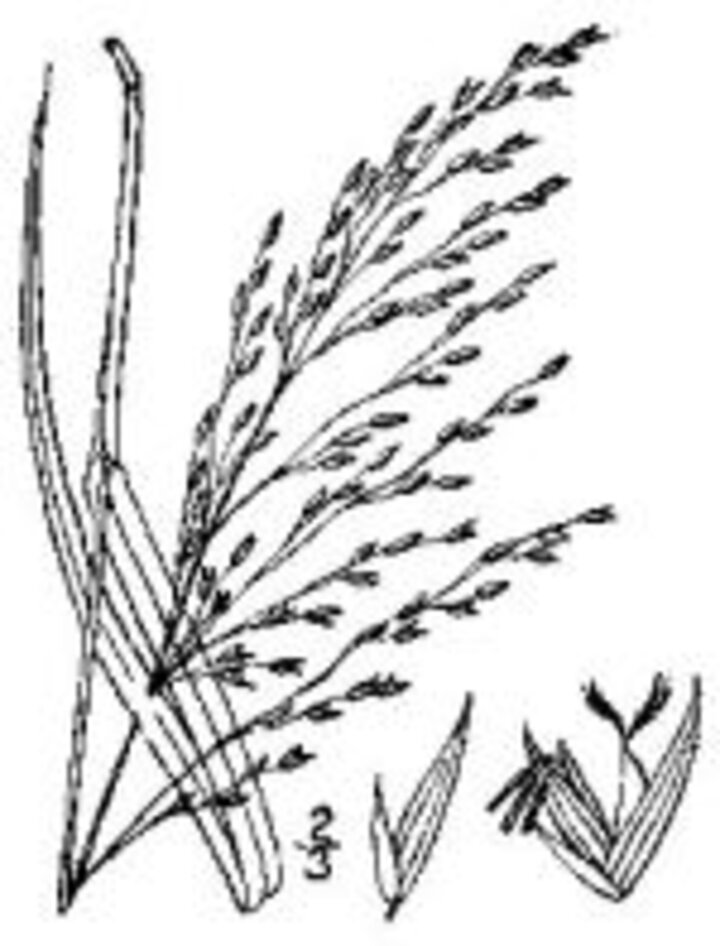Rainwater Basin grasslands and wetlands provide essential habitat for grassland birds and waterfowl, respectively. Since European settlement, the landscape of the Rainwater Basin has been largely altered through the conversion of the prairie landscape to agriculture. As a result, grasslands and wetlands have substantially declined. Climate change could further impact grasslands and wetlands directly through temperature and precipitation changes, or indirectly by driving changes in landuse.
Goals
To determine how the conversion of marginal agricultural lands to bioenergy switchgrass strands impact Rainwater Basin grassland bird abundance.
Current Status
Switchgrass (Panicum virgatum) is promoted as a biofuel feedstock in the Great Plains, because it may be environmentally and economically superior to corn grain for the production of ethanol. Under projections for future climatic changes, switchgrass may also be more efficiently produced than traditional row crops on marginally productive agricultural lands. The ecological impacts of the conversion of annual row crops to switchgrass stands are not certain. Switchgrass stands could improve habitat for some grassland bird species if they replace annual row crops, but could worsen habitat if they replace native prairie.
This study developed biofuel-based landuse change scenarios for the Rainwater Basin, driven by soil and agricultural field characteristics and plausible changes in climate, policy, and demand for energy. For each scenario, we generated landcover maps of potential switchgrass distribution and calculated changes in major landcover classes. A customized version of the HABS (Hierarchical All Birds Strategy) model was utilized to assess individual species responses of grassland birds to predicted landuse changes. We also conducted an assessment of the feasibility of cellulosic ethanol production from switchgrass and corn stover in the service area of an existing ethanol plant. Finally, we used projected landcover under scenarios of future climate change to consider how the conversion of marginally productive row crop fields in areas with histories of irrigation limitations might impact regional groundwater withdrawals.
This study also developed predictive models explaining annual variation in Rainwater Basin wetland occurrence and flooded area at peak spring bird migration. An information theoretic approach and generalized linear mixed models were used to assess the contributions of individual wetland characteristics and local weather events to springtime wetland presence and flooded area.

Graduate Student(s)
Daniel Uden (2012)
Funding
U.S. Geological Survey, Great Plains Landscape Conservation Cooperative




